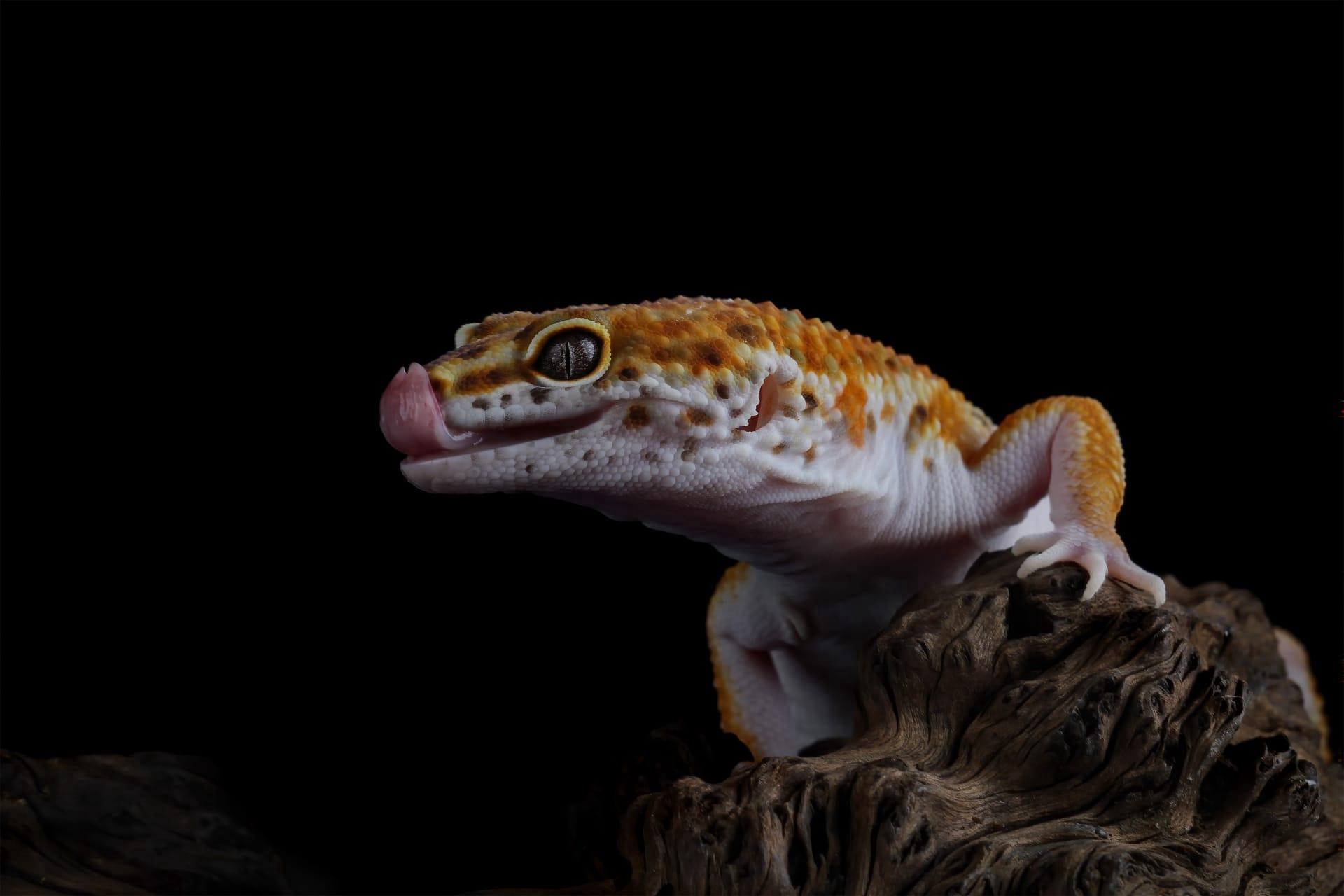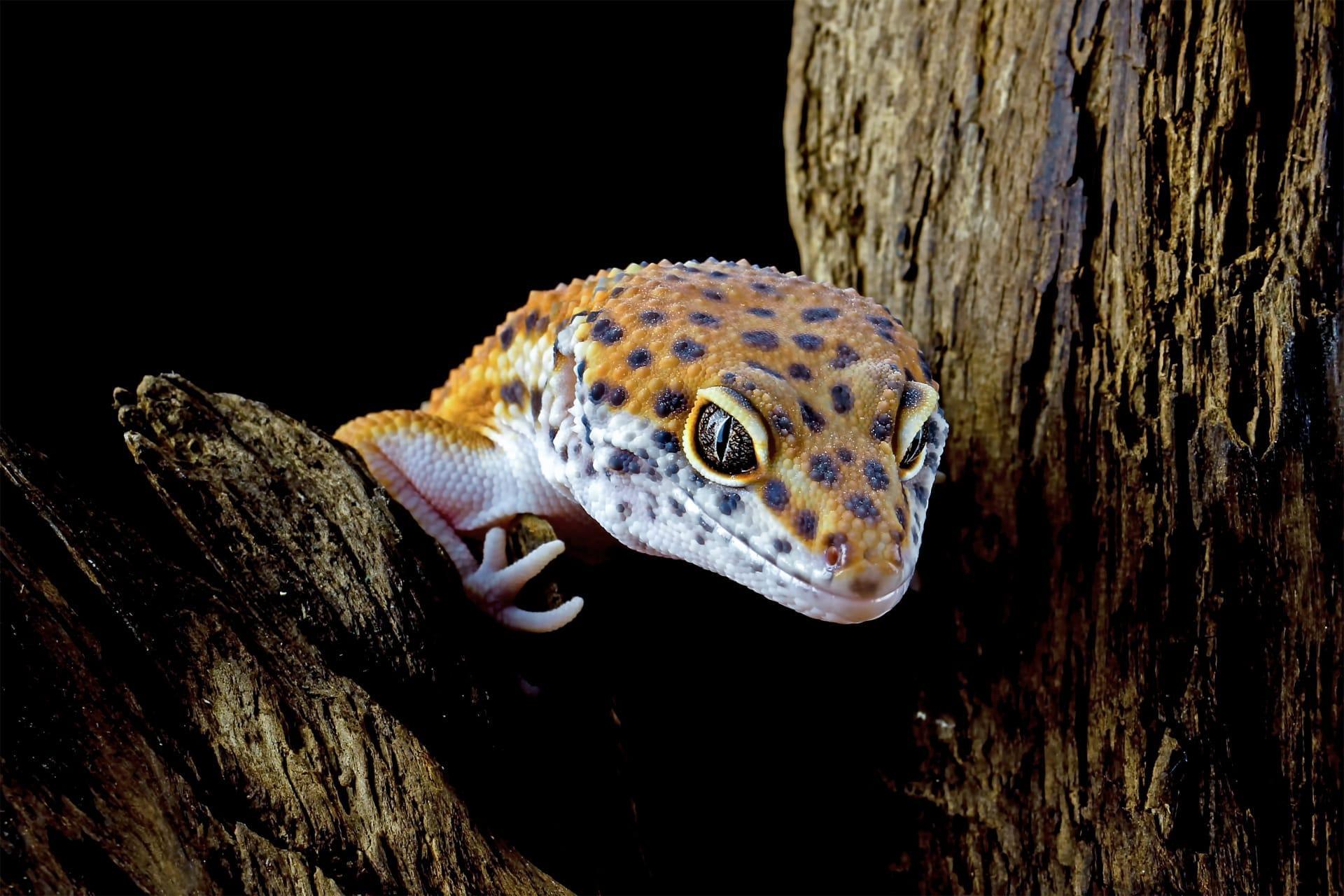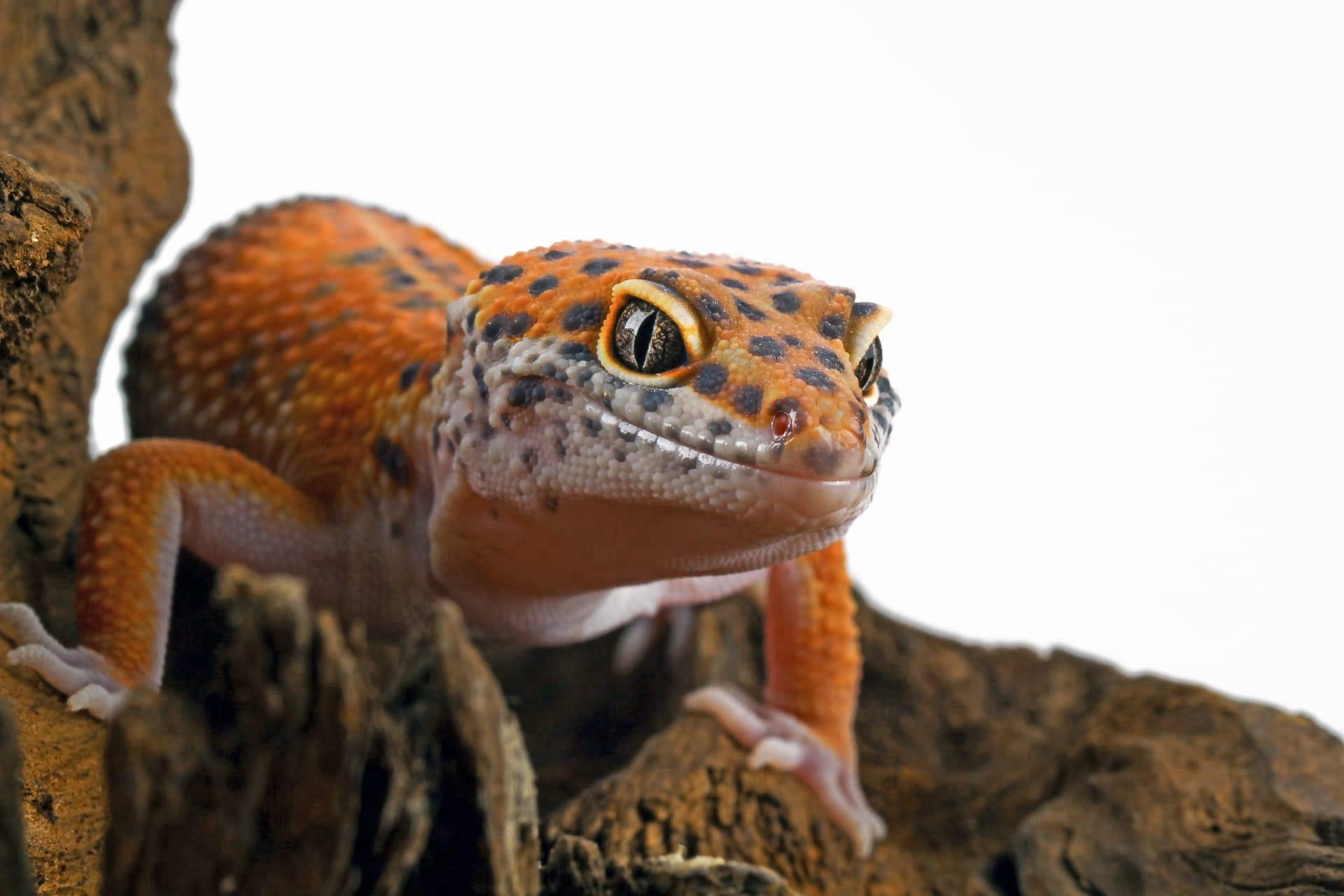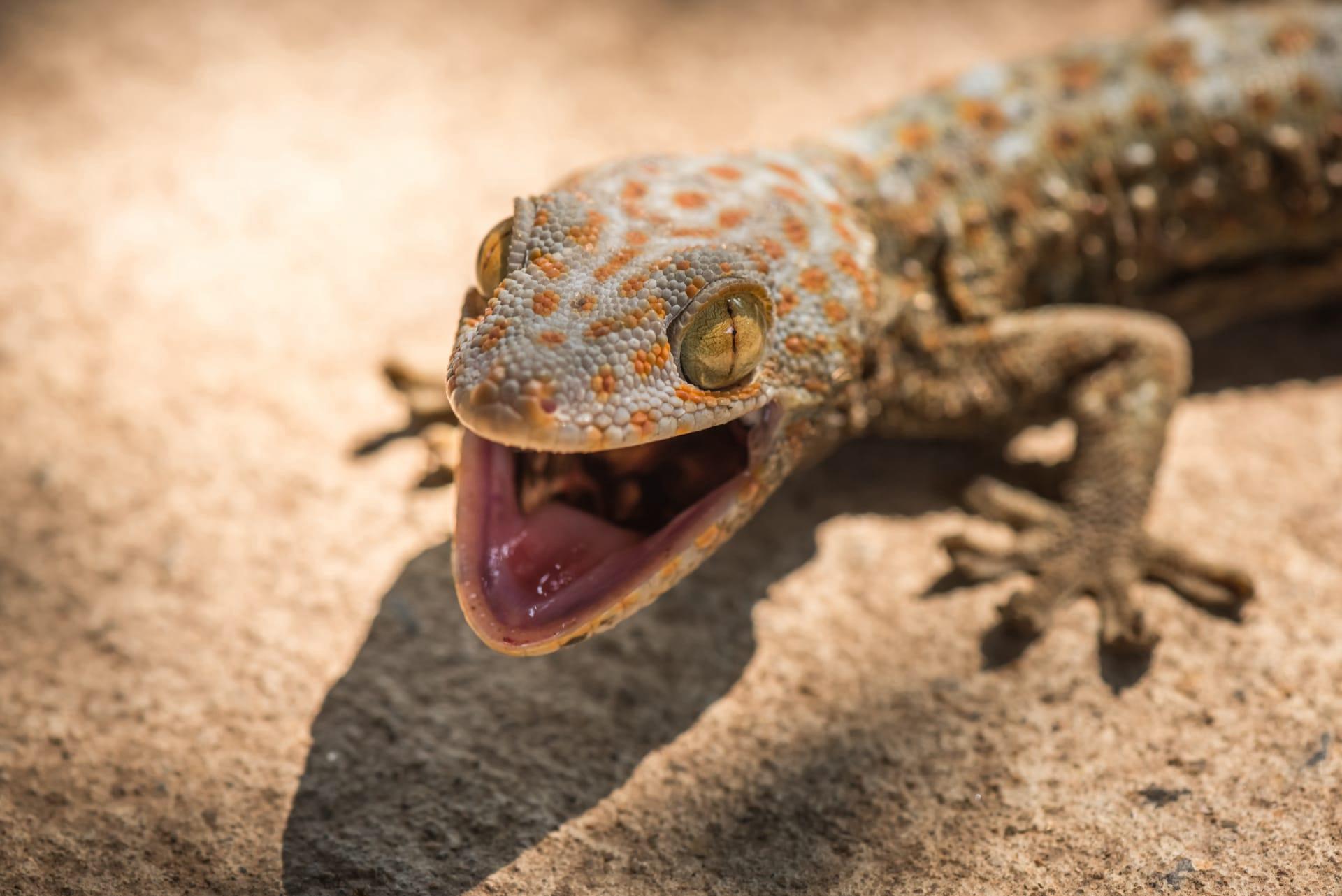Gecko Trivia
- Home /
- Trivia Question /
- Animal /
- Gecko Trivia
1
Question: How do geckos stick to surfaces even when upside down?
Answer: Geckos have a unique way of sticking to surfaces thanks to tiny hair-like structures on their feet called setae. Each seta splits into hundreds of even smaller bristles, called spatulae. These create a molecular attraction with the surface, known as van der Waals forces. This allows them to stick without any liquid or surface tension, enabling them to climb smooth surfaces like glass and even hang upside down.
Question: What is the lifespan of a gecko in the wild?
Answer: The lifespan of a gecko varies among species, but many tend to live between 5 to 10 years in the wild. Some species, like the Leopard Gecko, can live up to 20 years under optimal conditions. Their survival depends on factors like predation, habitat conditions, and food availability. In captivity, with proper care, geckos can often live longer due to a lack of predators and regular food supply.

2
Question: Do geckos have eyelids?
Answer: It's a common misconception that all geckos lack eyelids. In reality, this trait varies among species. For example, the Leopard Gecko has eyelids that blink and close, but many other species, like the Tokay Gecko, do not have movable eyelids. Instead, they have a transparent membrane that they lick to clean and moisten their eyes.
Question: Can geckos regenerate lost tails?
Answer: Yes, geckos have the remarkable ability to regenerate their tails, a process known as caudal autotomy. When threatened, they can drop their tail to distract predators and later regrow it. The new tail is usually shorter, has different scales, and lacks the original skeletal structure. It's a costly process for the gecko, as regrowing the tail requires significant energy and resources.

3
Question: What do geckos eat?
Answer: Geckos are generally insectivores, meaning their diet primarily consists of insects. They feast on crickets, moths, beetles, and other small invertebrates. Some larger species may also eat small mammals or reptiles. In captivity, they are commonly fed a diet of crickets and mealworms, which should be supplemented with calcium and vitamin D3 for optimal health.
Question: How do geckos communicate?
Answer: Geckos use a variety of sounds and body language to communicate. They can chirp, bark, and make clicking noises, especially during social interactions like mating or territorial disputes. Visual signals, like tail wagging and body posturing, are also used. The specific sounds and gestures can vary widely among different gecko species.

4
Question: How many species of geckos are there?
Answer: There are over 1,500 species of geckos, making them one of the most diverse groups of lizards. They are found in warm climates around the world and vary greatly in size, color, and behavior. Some are just a few centimeters long, while others can grow up to 60 centimeters in length.
Question: Can geckos see in the dark?
Answer: Geckos have excellent night vision, up to 350 times more sensitive than human eyes in low light. This is because their eyes contain large numbers of light-sensitive cells, allowing them to hunt and navigate in the dark. Some species even have irises that close to tiny slits in bright light and open wide in the dark to let in maximum light.

5
Question: How do geckos regulate their body temperature?
Answer: Geckos are ectothermic, meaning they rely on external sources to regulate their body temperature. They bask in the sun to warm up and seek shade or burrow into cooler ground to cool down. This thermoregulation is crucial for their metabolism, digestion, and overall activity levels.
Question: Are geckos solitary or social animals?
Answer: Most gecko species are solitary and only come together for mating. They are territorial and can be aggressive towards other geckos invading their space. However, there are exceptions. Some species, like the gargoyle gecko, can be more tolerant of others, especially when ample space and resources are available. But generally, they prefer to live and hunt alone.